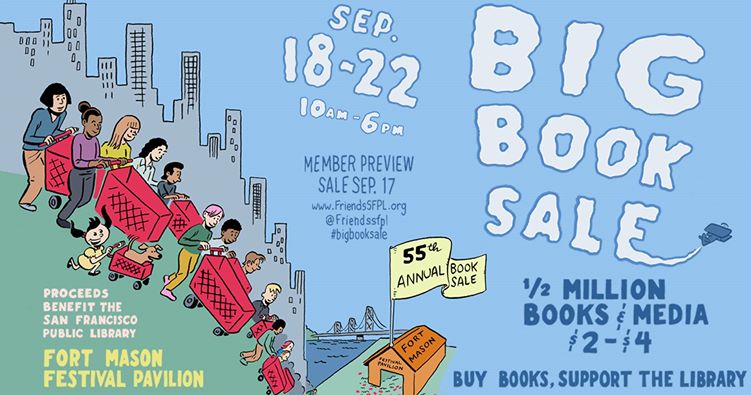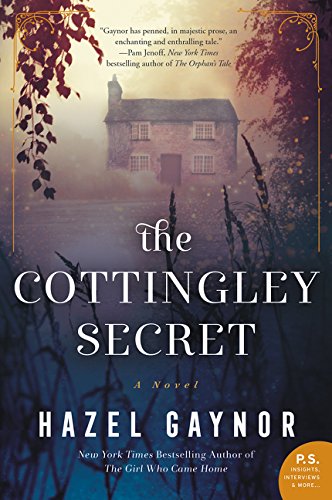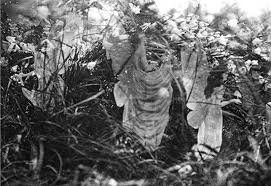Library score…
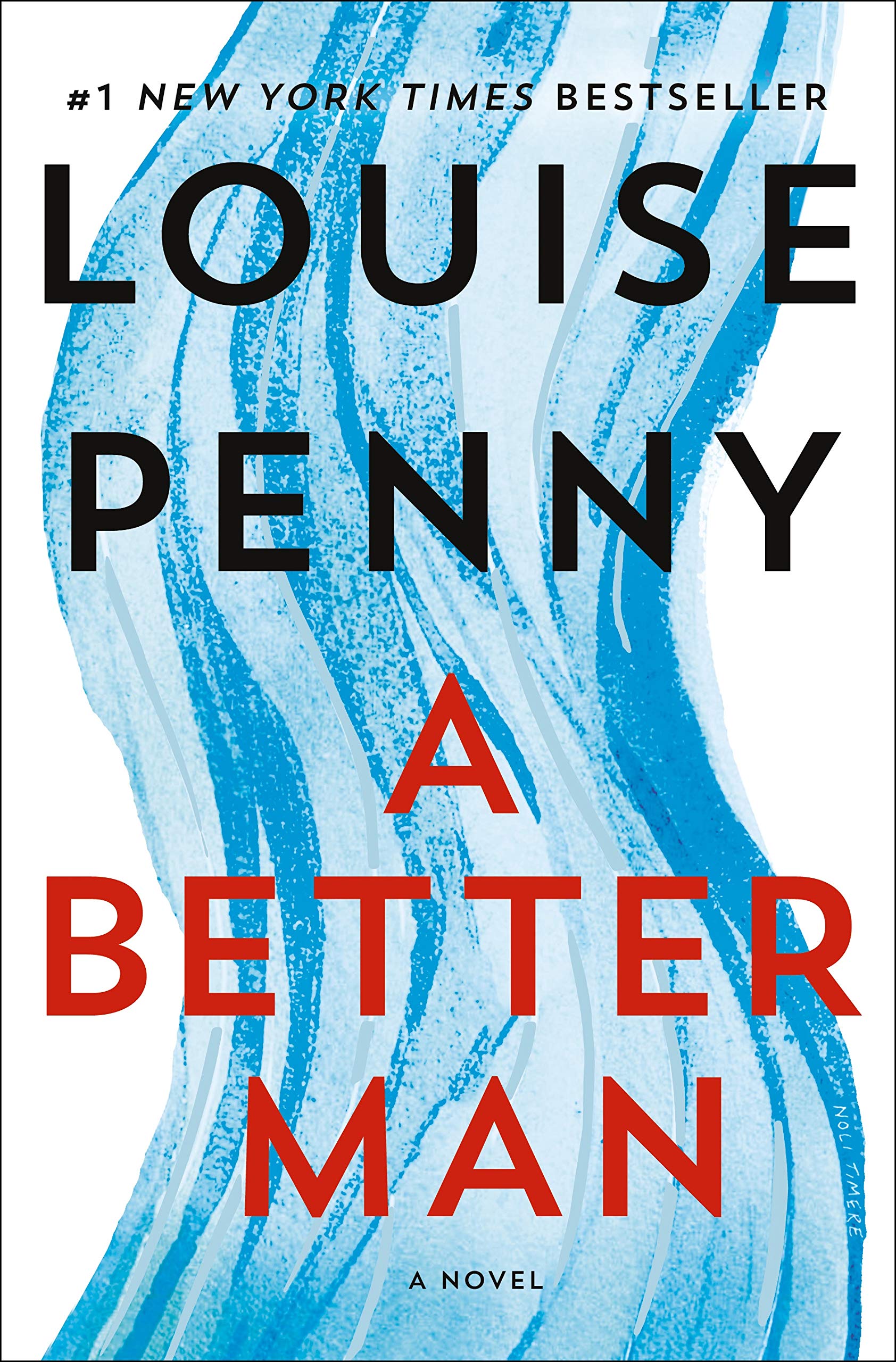 I woke up to a beautiful morning, made even better by the notice that my latest hold was ready at my local library branch – Score! I was out the door, walking over as their doors opened.
I woke up to a beautiful morning, made even better by the notice that my latest hold was ready at my local library branch – Score! I was out the door, walking over as their doors opened.
Longtime Book Barmy followers may have noticed this is the first year I haven’t been able to preview Louise Penny’s latest installment.
Sadly, I am no longer one of Ms. Penny’s advanced readers. I was denied an early copy of this, her newest book, A Better Man.
I’m trying to be a grown up about this and must come to grips with the obvious — Ms. Penny’s books are immediate best-sellers without the support of my little Barmy book blog.
Husband gamely tried to cheer me up by pointing out that I did come up quickly on the long waiting list for the library book – but I’m still pouting ~~
You all understand — don’t you??
I’m sure to cheer up when I start reading A Better Man tonight…
p.s. It probably wouldn’t have killed me to actually purchase a copy
Kitchen Yarns by Ann Hood
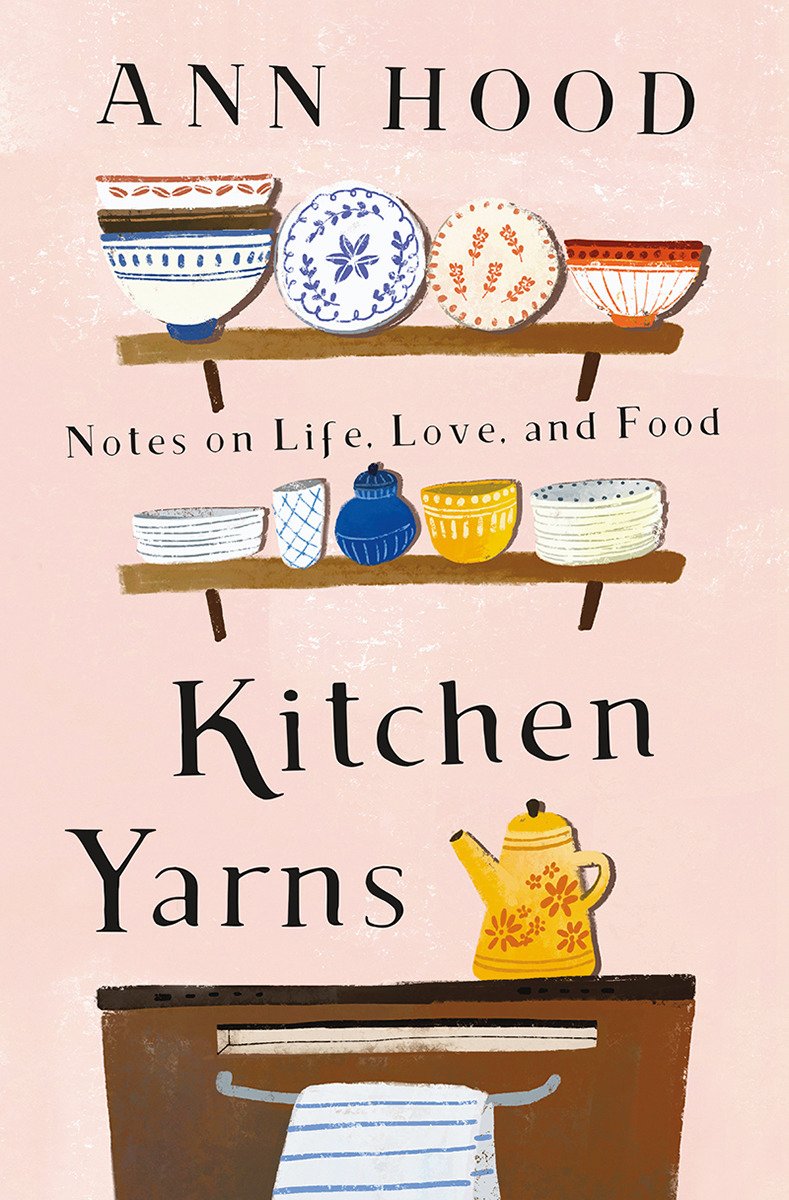 If you’ve not read Ann Hood, you’re missing out on an author with insight and humor. Kitchen Yarns – Notes on Life, Love, and Food is a great place to start.
If you’ve not read Ann Hood, you’re missing out on an author with insight and humor. Kitchen Yarns – Notes on Life, Love, and Food is a great place to start.
I knew I was in simpatico when Ms. Hood makes references to her friend Laurie Colwin one of my favorite foodie writers and novelist — as well as, the Silver Palate Cookbook — still one of my favorites – from the 80’s.
Did I mention that these essays are often fun? In Carbonara Quest, she experiments with variations of this seemingly simple, but deviously difficult dish in an effort to fill her lonely nights as a flight attendant.
When she writes about her daughter who died suddenly at age 5, it wasn’t maudlin, but so truthful and full of love that I had to make the recipe for Grace’s Cheesy Potatoes that very night.
There is one tiny drawback. Many of these essays had appeared in other publications, such as Gourmet magazine, and this makes for an sometimes stilted structure/flow. Mentions of family members, recipes, and parts of Ms. Hood’s past were introduced and re-introduced throughout. We read about her several times and the description of Ann’s brothers passing is repeated almost verbatim in a later essay.
Again a small criticism, as I found this a warm and easy book to sink into. Kitchen Yarns is filled with beautiful language and comforting descriptions of food.
Yes, I do plan to try some of her recipes in my kitchen: including, but not limited to – Peach Pie, Green Herb Sauce, the above mentioned Cheesy Potatoes and Laurie Colwin’s Tomato pie.
An advanced readers copy was kindly provided by W. W. Norton & Co.
If you’re not a foodie, you could also try Ms. Hood’s lovely memoir on reading and books Morningstar: Growing Up with Books.
I also recommend her amazing first novel Somewhere Off the Coast of Maine
It really should be called the Enormous Book Sale
It’s that time of year again.
The Big – that’s 1/2 million Books – Sale
September 18-22, 2019 10 AM – 6 PM
Friends Member Preview: Tuesday, September 17, 4-8 PM
The Friends of the San Francisco Public Library invite you to the 55th annual big book sale! Every year the Fort Mason Festival Pavilion overflows with book shoppers at the Big Book Sale, an iconic San Francisco tradition.
The sale opens to the public on Wednesday morning through Sunday. On Sunday, all books will be sold for just $1. All sections will be restocked daily with new and exciting finds; there will be no shortage of great titles.
This sale features over 1/2 a million books priced between$2-$4 and attracts over 10,000 book lovers from the Bay Area and beyond.
Every year, there are amazing stories of people finding exciting books during the sale. One year someone found a hardcover first edition of To Kill a Mockingbird and bought it for just two dollars. You’ll never know what you’ll find!
No question, I’ll be there volunteering and, much to Husband’s dismay, book shopping too!
Life After Life by Kate Atkinson
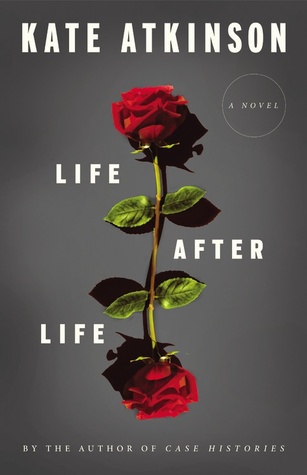 My other corking* good vacation book was Life After Life by Kate Atkinson.
My other corking* good vacation book was Life After Life by Kate Atkinson.
Ursula Todd is born on a stormy winter night in 1911. Because of the snow storm the midwife doesn’t make it on time to deliver the baby, so the baby dies. End of story.
Not quite.
Life After Life, as the title implies, is all about ‘do overs’. Ursula is born again and this time she survives. But only for a few days. So the ‘do over’ button is pressed again. And again, and again, and again. And in a real twist, these lives aren’t at all linear. In one life Ursula may live into her twenties, the next life, she only lives until her teens. Then, we’re moved forward to another life when she’s in her thirties. Then, we go back to when she’s still a schoolgirl.
Each time Ursula retains something from her prior life, a forewarning, something that could change the future outcome of events, perhaps even history. We are introduced to characters who go unexplained until later. Little images and scenes come back later with greater meaning and you nod your head as you recognize the significance after all.
Crazy and confusing right?
Trust me it’s actually not.
Yes, Life After Life is an unusual book, and if you’re like me it will take a few chapters to get into the perplexing style — but once once you settle in — it’s an amazing read. You have to be willing to recalibrate and I often had to flip back to see when and where I was (For that reason alone, I recommend reading this in physical book form, it would be hard to navigate in e-book format). Once the pace of the book becomes familiar, you won’t be able to put it down.
Ms. Atkinson is a sophisticated writer with an impressive vocabulary and uses bits of Latin, French phrases, and entire paragraphs written in German (sometimes loosely translated, sometimes not at all). She also references obscure books and quotes philosophers such as Nietzsche and Camus. But please don’t let this dissuade you — Life After Life is not overly intellectual — trust me I got most of it and I don’t have a PhD — just a good dictionary. Here’s an example (I’ve provided the definition):
Time isn’t circular,’ she said to Dr. Kellet. ‘It’s like a … palimpsest.’
‘Oh dear,’ he said. ‘That sounds vexing.’
‘And memories are sometimes in the future.’
Ahh, I can hear you saying that’s the oldest premise ever (thinking Groundhog Day aren’t you?), but trust me dear Barmy readers, Ms. Atkinson’s imagination and creativity takes Life After Life to a whole new level. She goes an unusual route to show that our character and choices don’t matter much either way. At times, Ursula gets killed in the exact same place and in the same way whether she’s a coward or a hero; a British secretary or high level civil servant; or even a German hausfrau.
There is an impending feeling of dread as we wait to see what happens next to poor Ursula, but this is interspersed with humor and tenderness — mixing poignancy with a wry insights. What I found most fascinating was this book took me everywhere from country village life, to 1960’s London, the Blitz and even (and somewhat unbelievably) Hitler’s Berchtesgaden.
There is literary genius in the manipulated narrative, but at its heart, Life After Life is simply a wonderful story, with many, many layers, tipped upside down and strewn about. This book still has me thinking about possibilities and the role both choice and chance play in our lives.
In true appreciation, this goes on the keeper shelf for a second read.
—————————————————————————————————————————-
*Corking: A British term: extremely fine —often used as an intensive, especially before good — I had a corking good time.
The Cottingley Secret by Hazel Gaynor
is a rather clever fictional take on the famous true story of the Cottingley fairies. Back in 1917, when photography was still fairly basic and people were less cynical, two young girls took photos of fairies they claimed played at the bottom of their garden. The public was fascinated and divided on whether the photos were real or a hoax.
The novel opens in 2017 with Olivia who works as a bookbinder in London and is engaged to a man she knows is not right for her. After her mother died when Olivia was young, she was raised by her grandparents in Ireland where her grandfather owned a secondhand bookshop. Now her beloved grandfather has died, leaving her the family cottage and his beloved shop. She heads back to Ireland to see to the bookshop and check on her grandmother, who’s living in an assisted living home, suffering from Alzheimer’s.
Just before her grandfather died, he sent her a manuscript — ‘Notes On a Fairy Tale’ by Frances Griffiths — a family heirloom that’s been handed down to the women in her family over the years. Olivia pulls it out to take with her to Ireland and begins reading.
Via the manuscript, we go back in time and learn about nine-year-old Frances Griffiths and her mother—both newly arrived in the UK from South Africa in 1917. They are staying with Frances’ aunt and 16 year old cousin Elise in the village of Cottingley in West Yorkshire, while Frances’ father is fighting in WWI.
The cousins played together beside the beck (stream) at the bottom of the garden, much to both mother’s annoyance, because they often came back with muddy feet and wet clothes. Frances and Elsie said they only went to the beck to see the fairies:
I know that the best time to see them is in that perfect hour before sunset when the sun sinks low on the horizon like a ripe peach and sends shafts of gold bursting through the trees. The ‘in between.’ I call it. No longer day, not yet night; some other place and time when magic hangs in the air and the light plays tricks on the eye. You might easily miss the flash of violet and emerald, but I see their misty forms among the flowers and leaves. I know my patience will be rewarded if I watch and listen. If I believe.
To try an prove their story, Elsie borrows her father’s camera. The resulting photographs allegedly captured images of fairies and the girls think the matter settled within the family. But a few years later, the photos come to the attention of author, Sir Arthur Conan Doyle, who featured the story in a 1920 issue of ‘The Strand Magazine’. Because the renowned Arthur Conan Doyle was convinced that the photographs were proof that fairies existed, the story gained wide coverage and interest. The girls are thrust into the limelight and the photos are scrutinized and tested — experts hoping to prove a hoax.
Meanwhile we follow Olivia as she starts to appreciate the slower pace of the seaside village and begins to feel at home. The bookshop has brought back wonderful memories and she is rediscovers her love of reading books, not just binding them. The manuscript has given her a magical piece of history that connects the Cottingley fairy photographs to the mother she lost when she was young – possibly with a hint of fairy magic. She begins to reassess her life and decides to stay and manage the bookstore, unable to bring herself to sell it — also she has made friends with a widow and his young daughter — who happily believes in fairies. Olivia herself is experiencing some strange occurrences with fairies appearing in her dreams and unexplained flowers being left by her bed.
I won’t give away any more of the plot but I have since done a few Google searches on the Cottingley fairies. It’s an amazing story that captured the public’s imagination for decades. After years of Frances and Elsie sticking to their story of the fairy photographs being real, they finally revealed in the 1970’s that the photos were faked — they used cut out paintings of fairies drawn by Elsie and used hat pins to pin them to the ground. All except for the last photo which they’ve claimed was the only real photograph out of all of the pictures they took over the years.
Here are the original photographs from 1917:
But then again, this was a time right after WWI when people wanted desperately to believe in the possibility of fairies and spirits
The Cottingley Secret is a book of imagination and make-believe made even more fascinating because it’s based on the true tale behind two young girls and their fairy friends. At the end of the book, Ms. Gaynor shows us the actual photos with her own author narrative and there’s even a letter from Frances Griffiths’ daughter – delightful.
I finished this book with a smile on my face.
I’ll close with my favorite quote from the book:
“There is more to every photograph than what we see-more to the story than the one the camera captures on the plate. You have to look behind the picture to discover the truth.”
Advanced readers copy provided by Harper Collins via LibraryThing.
Thank you



